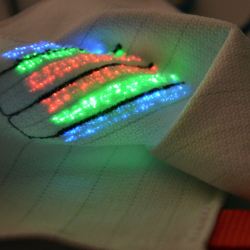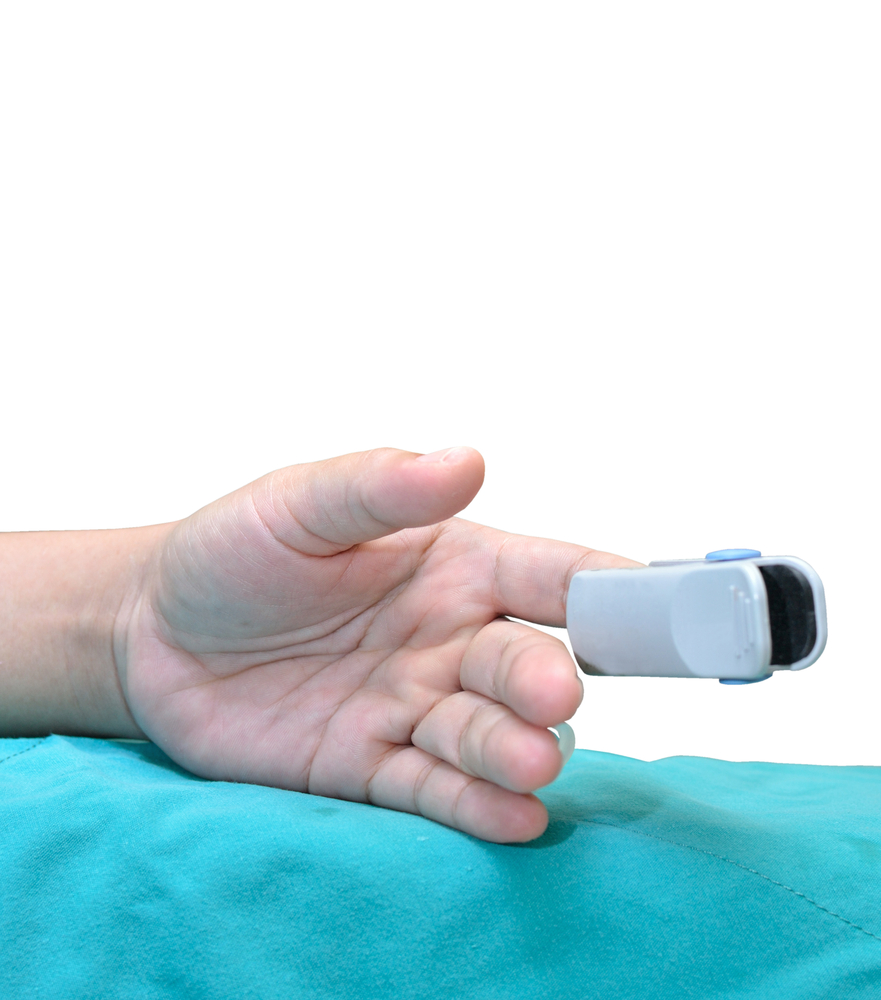
Wearable technology is more and more accessible, and it's becoming more and more incorporated into our lives.
Fitness trackers, worn on the wrist, can record your daily motion and energy output. There are safety monitoring devices that detect when someone has fallen, or had a seizure – and alert those who can swiftly provide aid. And the list grows with each passing month.
Those are examples of wearable technology worn on the body. Now we have another entry to this field that's also worn – but in clothing, sewn directly into the garment.
And all importantly, it's machine washable (because, after all, what good is the technology if it's trapped in a smelly shirt or hat that you'll stop wearing?) One might think that's a relatively unimportant feature of this new item. If you did, you'd be mistaken.
“From the side of our medical partners, that's the first thing that they ask us,” states Luciano Boesel, a researcher at Swiss Federal Laboratories for Materials Science and Technology, located in Dübendorf, a suburb of Zurich, Switzerland. He spoke with Popular Science, which explains in an article on the subject that, "Having clothing be washable is vitally important in a healthcare setting like a hospital or rehabilitation facility, where people are injured or sick, and susceptible to catching other diseases."
The technology, which can be incorporated into an array of items, can monitor a person's heartbeat. It's presented in a recent study titled "Body-monitoring with photonic textiles: a reflective heartbeat sensor based on polymer optical fibres," which was recently published in the Journal of the Royal Society Interface.
"Polymer optical fibres (POFs) are melt-spun continuously and characterized optically and mechanically before being embroidered," writes Brit M. Quandt, the paper's first author and researcher at Swiss Federal Labs. "The resulting sensor shows flexibility when embroidered into a moisture-wicking fabric, and withstands disinfection with hospital-type laundry cycles."
 Fiber optic threads are coated with a polymer that can transmit light. And "melt-spinning," as explained by PS, "involves melting down the materials for the thread, then spinning them out into the desired shape and size" before they are shaped into a sensor.
Fiber optic threads are coated with a polymer that can transmit light. And "melt-spinning," as explained by PS, "involves melting down the materials for the thread, then spinning them out into the desired shape and size" before they are shaped into a sensor.
Comparing the device to conventional heartbeat monitors, worn on fingertips, the authors state that "we demonstrate the functionality of our sensor by measuring the heartbeat at the forehead in reflection mode and comparing it with commercial finger photoplethysmography for several subjects." Both devices produced similar readings.
This technology is also enticing because is doesn't rest on the skin, providing the potential for it to be a non-invasive option for those with sensitive skin. For this reason, researchers on this project hope to one day create a device specifically for paraplegics, who often suffer discomfort from sensors in use today.
